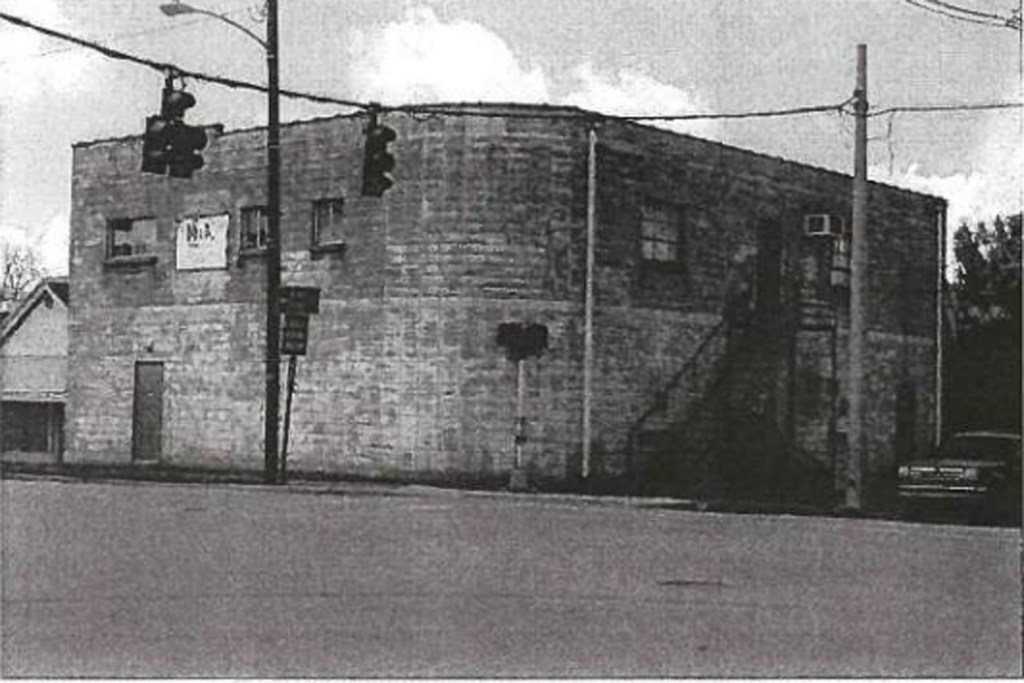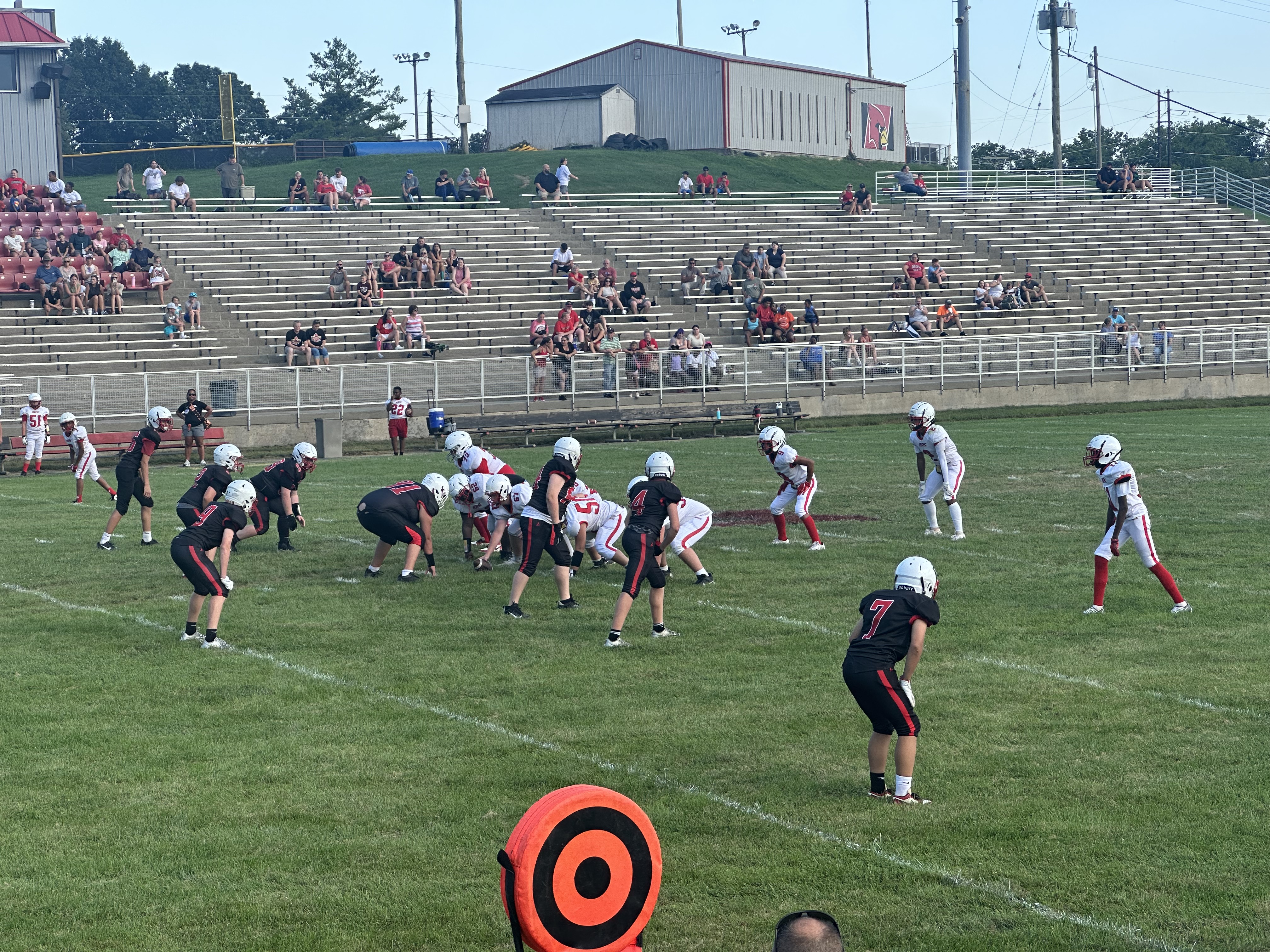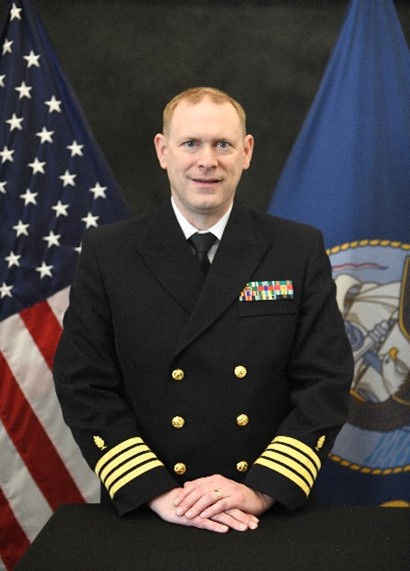Memories of Tyler Banks American Legion building
Published 9:54 am Thursday, February 28, 2019

- The Tyler Banks American Legion Post building. (Photo submitted)
When he was a young boy, Russell Taylor would hang outside of the Tyler Bank Post 204 American Legion, at 101 West Washington St., watching folks smiling and laughing as they came and went, wishing he was old enough to join in the festivities.
“This building was like coming of age,” Taylor said. “When you were little, my grandfather, my father would come out, through the generations. You could walk by, and you would see people going in and out. They were having fun. It was a meeting place to get together, and you couldn’t wait to get to the age where you could go to the American Legion.”
Taylor, a black veteran who served in the 1970s, said the American Legion was not only a place for black veterans to gather for support, but it was also a place for the community to come together as a whole.
Trending
“That was one of the only places here in our community where people just got together and had a place to go,” Taylor said.
Deatra Newell, one of the advocates for the Legion’s historical significance, said the building was an important community gathering place for the African American community.
The Tyler Bank Post 204 American Legion, an African American fraternal organization, formed on Aug. 31, 1936, with 17 active members from WWI, World War II and Korean War veterans.
Post members occupied a small room, which they rented above the Stevenson grocery and next to that was John Lane’s Barbershop and Mrs. Ethel May restaurant and hotel.
The American Legion was granted a temporary charter until Feb. 16,1940 when they assumed the permanent charter from the American Legion of Kentucky War Memorial Auditorium, in Louisville, from T.H. Hayden, adjutant for the American Legion of Kentucky, and Frank E. Samuel, national adjutant of the American Legion, National Headquarters., in Indianapolis.
Meanwhile, the Tyler Bank Post 204 continued hosting their meetings in the rented room until the purchase of the building at 101 West Washington Street on Jan. 7, 1947 from J.M. Stevenson and Linna H. Stevenson for $6,000.
Trending
The property was commercially developed in 1901, and a grocery store, barber shop, restaurant, a pool hall and a bar occupied the space before Post 204 acquired it in 1947.
Chalmer T. Owens, Harvey G. Williams and lames Sharp acted as the original trustees for the Tyler Banks Post 204, American Legion of Winchester.
The Tyler Banks Post grew from the 17 members in 1936 to 150 at its largest.
“It would be packed to the capacity on Friday and Saturday nights,” Newell said. “There were discos, and it was packed.”
Newell said she remembers hearing about the fun times in church on Sunday mornings.
“They would talk about what a good time they had the night before,” Newell said.
Taylor said he would often go in for lunch, as did many others in the community.
“It was just somewhere to go to pass the time of day,” he said.
Taylor said the American Legion thrived for many years; however, when management began to change hands in the ‘90s, the post started to go downhill.
Newell said there was poor money management for years and the building suffered; over time, fewer gatherings occurred until eventually, it stopped altogether.
The last record of the charter listed about 41 active members. On May 5, 2011, the charter dismantled. There wasn’t any money left to fund programs, Newell said.
After the post ceased gatherings, Newell said there was a definite hole in the black community.
Over its nearly 75 years of active membership, the Tyler Banks Post 204 served and supported the community, especially young black males within the community from Boy Scouts of America to Little Leagues baseball.
The Tyler Banks American Legion building was also among the last extant building associated with the African American business district within the neighborhood known as Buck Town.
The FDIC determined the building previously located at 101 West Washington Street was eligible for listing on the National Registry of Historic Places. The 101 West Washington Street building had historical significance as the location of the Tyler Bank Post 204, an American Legion Post.
However, the building was sold in 2016 and demolished to make way for a new Kentucky Bank location.
Taylor said it’s hard to keep the memories alive now that many of the original members and senior members have died, especially now that the building is gone.
The post’s legacy was about building community, Taylor said, but without the building, there’s nowhere for the community to gather, nowhere to pass the stories through the generations.
“If the building were there, it’d be a lot easier because you would have more access to a lot more people so you could sit around, tell the different stories about things that happened at the Legion,” Taylor said.
Building or no building, Taylor and Newell said they hold onto their memories, making sure not to forget the late nights, disco dancing, breaks for fresh air and of course, the people.
“Yeah,” Taylor said. “This was here.”







